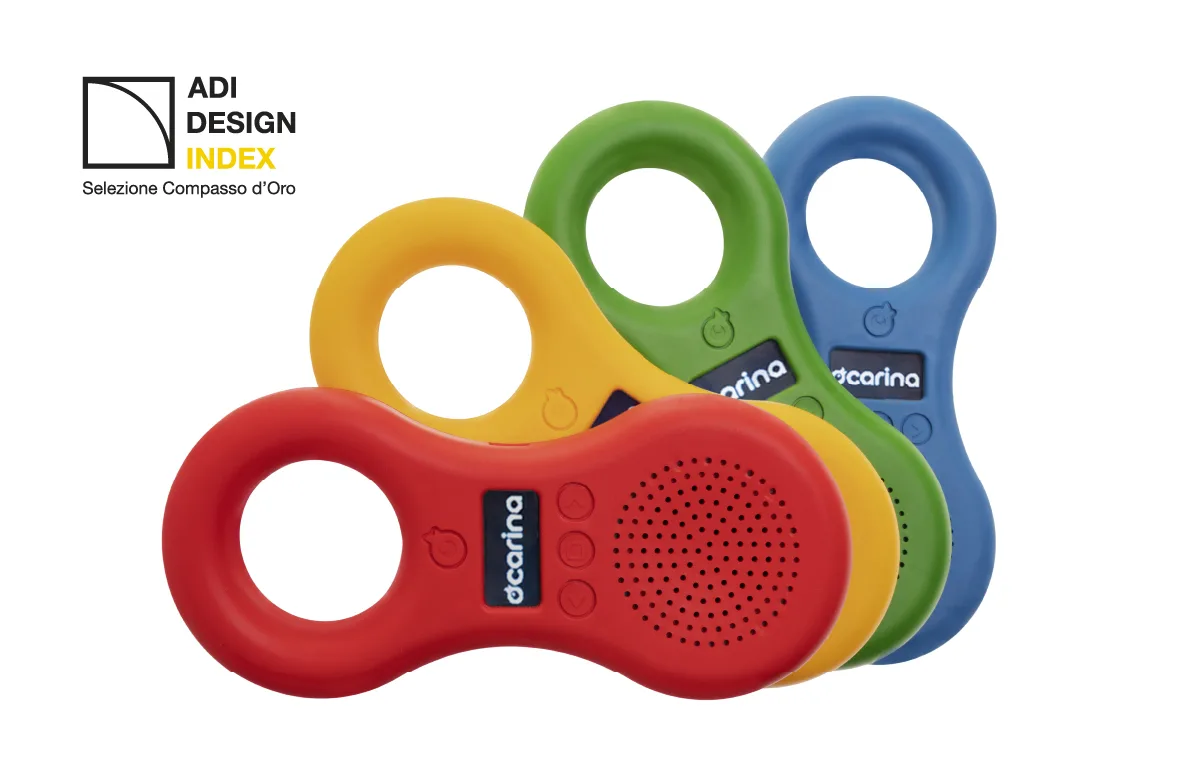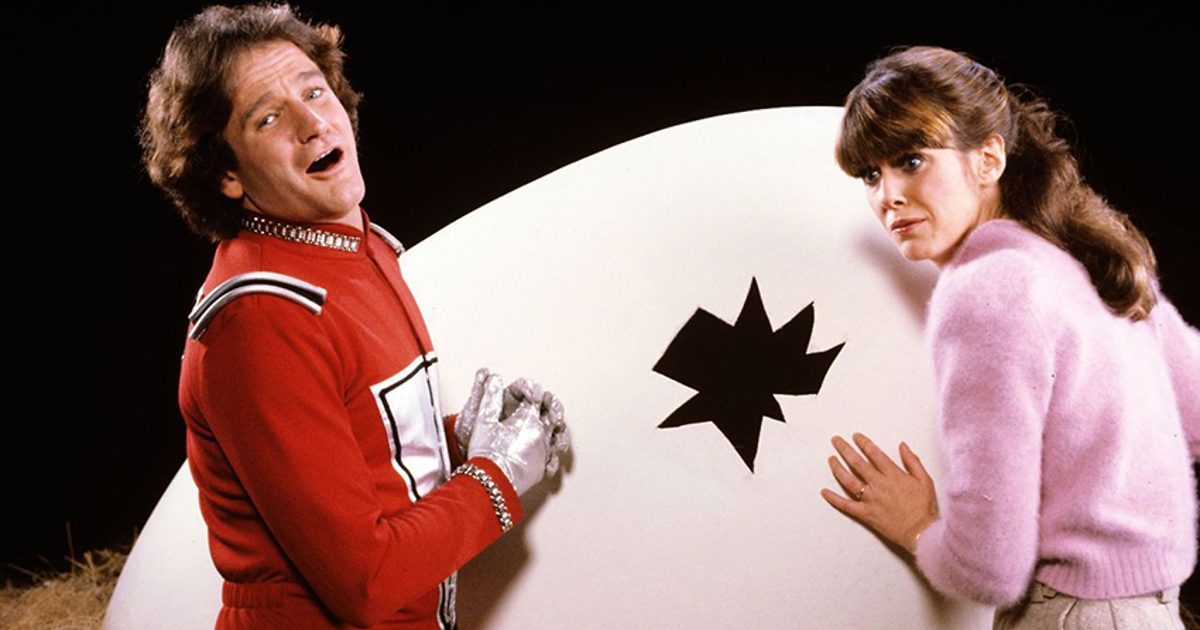Ocarina has been included in the ADI Design Index, the annual list of the best Italian design products that will participate in the selection of the Compasso D’Oro, one of the oldest and most prestigious awards in the design world.
On this topic, we interviewed Matteo Nannucci, a graphic designer and creative who conceived and realized the design of Ocarina and who shared with us for the occasion his experience in the world of design, his vision and the details of the project.
Well into his 50s, Matteo has honed his passion for design since his youth: “I grew up in a family where art and design were always present,” he told us. His childhood was surrounded by design items, such as lamps, chairs, tables, and various objects. This early exposure to aesthetics and creativity had a profound impact on his future career.One of the most formative aspects of his career was his collaboration with Michele De Lucchi’s Studio in the 1990s, an experience he described as a true apprenticeship. Matteo was in charge of industrial graphics, designing logos and graphics for Olivetti products. In this stimulating context, De Lucchi and his team would initiate the creation process from freehand drawing to carving on huge blocks of polystyrene. This experience inspired in him a deep admiration for craftsmanship and manual dexterity as part of the creative process.
2. Ocarina: A child-friendly design
Ocarina was carefully conceived to make the design as simple as possible, suitable and functional for children. “Definitely the handle and the round shape. If we think of toys for babies in the first months of life, they have similar shapes…round shapes, to grip…even the material itself makes the music player pleasant to touch.”
Ocarina’s design stands out for its essentiality and simplicity: “The priority was to detach ourselves as much as possible from competitors and give the product as simple a form as possible,” Matteo explains. The goal was to combine a strongly iconic shape, inspired by the symbology of the number 8/infinity (with precise references to the brain gym and early childhood pedagogical theories of Freud, Steiner, Dennison, and Froblem), with excellent ergonomic (size, access to controls and commands, manageability and portability) and safety (absence of edges, extruded parts, and moving parts) features specifically designed for early childhood.
Matthew sought to capture the essence of early childhood games in the aesthetics of Ocarina. The result is a product that evokes memories of childhood games, songs, and fairy tales.The design of the Ocarina Player plastically summarizes the brand’s mission by making dedicated audio listening usable from early childhood and embodies its 4 cornerstones: freedom of movement, autonomy of listening, safety, and ecology.In this context, the innovative character of Ocarina Player’s design is expressed in 4 points:
– the ability to formally synthesize the conceptual assumptions of the device, which are themselves innovative.
– the ability to encompass its technology and functionality while ensuring maximum usability and impact resistance.
– the ability to easily access the internal electronics ensuring repairability and recycling of each component (Ocarina Player embraces the assumptions of the circular economy: durability, repairability, recycling, and reuse with an ad hoc Second Life program that allocates refurbished devices to charitable activities).
– the originality and functionality of the packaging, specifically developed on the basis of an original paper design.
4. The future of Ocarina’s design
Matthew believes that Ocarina is an accomplished product: “All the changes and improvements have been made with the new version of Ocarina. I consider the object accomplished, just as I had imagined it.” Nevertheless, the world of design is constantly evolving, and new projects and challenges may emerge in the future”.
5. Ocarina’s selection for the Compasso d’Oro AwardBeing selected to participate in the prestigious Compasso d’Oro Award was a moment of excitement and satisfaction for Matteo. “This award represents an endorsement of the work and dedication of the entire Ocarina Team composed of Gianluca, Iacopo and all the collaborators.”







